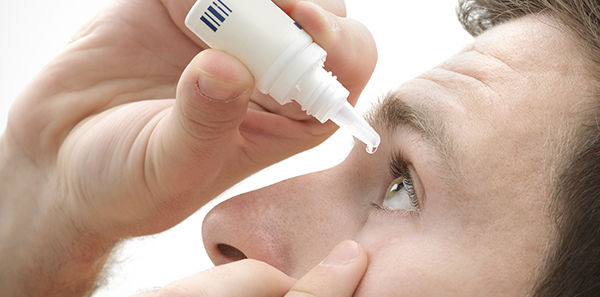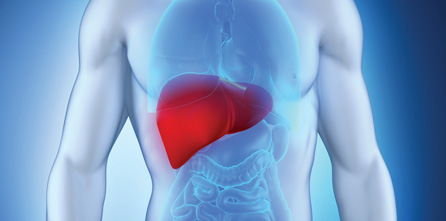
Allergic conjunctivitis, whether seasonal or year-round, is the most frequent manifestation of eye allergy, and accounts for over half of allergic eye illnesses.
Allergic conjunctivitis “skyrockets” due to lack of rainfall and pollution, affecting people who have never suffered from it. During the winter, cases of conjunctivitis increase throughout the population, due to the lack of rainfall and the concentration of pollutants in the environment.
This allergy is characterised by inflammation of the ocular membrane (conjunctiva) that covers the white of the eye. It grows red from the infection, due to dilating blood vessels, and can appear at any time. Approximately 20% of the population may suffer from an allergic conjunctivitis of this type at some point in their life. Moreover, it has several versions.
However, they must all be treated on time; otherwise, they may cause irreversible damage to the eyeball. Eye allergy can be caused by different factors. The most important is the environment, with allergens such as pollens, mites and mushroom spores. Genetic predisposition plays a highly important role in this illness.
Other elements that can cause eye allergy are cosmetics, certain medications and contact lenses. People that live near fields and construction areas should use exercise caution, since they are more likely to suffer from some kind of conjunctivitis. Increasing hygienic measures, such as frequently washing one’s hands, not touching one’s eyes with dirty hands, not sharing towels or tissues, and constantly changing pillowcases, are a few actions that help to take care of our eyes. It is also important to avoid self-medication to prevent complications when treating conjunctivitis.
Types of conjunctivitis There are four groups: seasonal or year-round allergic conjunctivitis, atopic keratoconjunctivitis, vernal keratoconjunctivitis and giant papillary conjunctivitis. The most important symptom of this illness is ocular and periocular itching. Other symptoms include watery eyes, swollen eyelids, red eyes, mucous secretions and photophobia. Generally, eye allergy affects both eyes, although not necessarily equally. Eye allergy is diagnosed with a check-up and ophthalmologic examination.
Doing an analysis helps in diagnosis. Treatment for allergic conjunctivitis depends on how serious the case is. Treatment is begun with a topical antihistamine if the case is mild, or if we know the allergy season is going to begin. In advanced phases, topical corticosteroids are used.
Dr. Enrique Chipont-Medical Director of Oftálica
The information published in this media neither substitutes nor complements in any way the direct supervision of a doctor, his diagnosis or the treatment that he may prescribe. It should also not be used for self-diagnosis.
The exclusive responsibility for the use of this service lies with the reader.
ASSSA advises you to always consult your doctor about any issue concerning your health.












